The transmission of cultural DNA through musical interpretation remains one of humanity's most profound yet underappreciated phenomena. Across continents and generations, music carries the intangible essence of civilizations - their joys, struggles, philosophies, and collective memories. This sonic inheritance doesn't merely preserve traditions; it allows them to breathe, evolve, and converse with contemporary realities in ways that written records never could.
In the highlands of Peru, the same quena flute melodies that once echoed through Inca temples now find new life in experimental jazz ensembles. The instrument's haunting tones still carry the Andean concept of "ayni" - reciprocity with nature - even as the harmonies around it transform. Similarly, West African griot traditions have survived centuries through what scholars call "improvisational genealogy", where each performance simultaneously honors ancestral patterns and incorporates present-day narratives. This isn't preservation through replication, but rather through reinvention.
The blues offers perhaps the most documented case study of cultural DNA mutation through music. Originating from African work songs and spirituals filtered through the crucible of American slavery, the genre's characteristic "blue notes" and call-response structures became carriers of resilience. When these elements resurfaced in rock 'n' roll, they brought with them coded stories of survival that new audiences felt intuitively rather than understood intellectually. The cultural genes persisted even as their phenotypic expressions changed dramatically.
Classical music reveals equally fascinating transmission mechanisms. Beethoven's Ninth Symphony incorporates the "Ode to Joy" melody based on a drinking song from his time - a democratic musical gesture that later became an anthem for European unity. The composition's DNA contains both the revolutionary spirit of 1824 and the accumulated meanings of subsequent interpretations during historic moments like the fall of the Berlin Wall. Each performance adds another layer to this palimpsest of cultural memory.
Modern technology has accelerated these processes while introducing new complexities. When K-pop groups sample traditional gugak instrumentation or Mongolian throat singing goes viral on TikTok, the cultural genes spread faster but also face greater risks of dilution. The challenge lies in maintaining the essence while allowing for adaptation - much like how DNA preserves core biological information despite constant mutations. Producers who understand this balance create works that feel simultaneously ancient and futuristic.
The pandemic years unexpectedly demonstrated music's role as cultural lifeline. Isolated communities from Ireland to Zimbabwe turned to online platforms to sustain their musical traditions. Flamenco's "palmas" (handclaps) learned through pixelated video calls still carried the rhythmic DNA of Andalusia. These digital transmissions proved that cultural genes can adapt to extraordinary circumstances without losing their identifying characteristics - a testament to music's resilience as a carrier of human identity.
Scholars now recognize that musical cultural DNA operates on multiple timelines. The surface-level changes in instrumentation or production techniques represent just the visible tip of deeper, slower-moving currents. A Japanese enka singer today channels centuries of vocal ornamentation even while using Auto-Tune; a Nashville country songwriter unconsciously replicates Celtic ballad structures in three-chord progressions. These submerged continuities often outlast the flashier innovations.
As globalization increases cultural interactions, the recombination of musical DNA accelerates. The "Despacito" phenomenon showed how reggaeton's dembow rhythm could merge with pop sensibilities while retaining its Puerto Rican essence. Such fusions succeed when they honor the cultural genetics rather than simply appropriating the sound. The difference lies in whether artists engage with the music's historical context or merely exploit its exotic appeal.
Educational systems worldwide are beginning to prioritize this understanding. Finland's music curriculum now emphasizes tracing folk motifs through contemporary compositions. Brazilian schools teach samba as both artistic practice and historical document. These approaches nurture what ethnomusicologists call "cultural fluency" - the ability to interpret the genetic codes within musical traditions and carry them forward with integrity.
The next frontier may lie in artificial intelligence's role in cultural transmission. While algorithms can analyze and replicate musical patterns, the deeper question remains whether machines can comprehend the human experiences encoded in these forms. Early experiments in AI-generated blues or flamenco often produce technically accurate but emotionally hollow results - the equivalent of copying genetic material without understanding its biological function.
Ultimately, music's power as a cultural carrier stems from its dual nature as both artifact and living process. The same lullaby that soothed babies in medieval villages still works its magic today because it speaks to universal human needs, even as the languages and instruments change. In an era of rapid transformation, these sonic strands of DNA may prove more durable than stone monuments or digital archives - not because they resist change, but because they master the art of meaningful mutation.
As listeners and creators engage with music across temporal and spatial boundaries, they participate in this grand experiment of cultural genetics. Whether through streaming platforms or village gatherings, each musical encounter becomes an opportunity to honor, reinterpret, and pass along the codes that make us who we are. The songs themselves become time travelers, and we their temporary custodians on this endless journey of sonic inheritance.
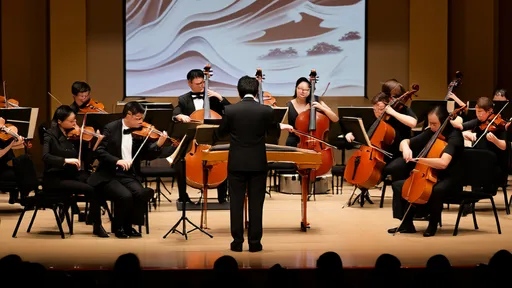
By /Jul 17, 2025

By /Jul 17, 2025
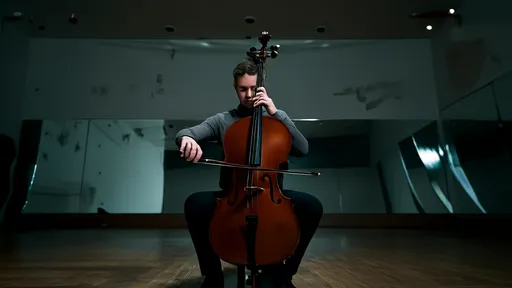
By /Jul 17, 2025

By /Jul 17, 2025

By /Jul 17, 2025

By /Jul 17, 2025

By /Jul 17, 2025

By /Jul 17, 2025

By /Jul 17, 2025

By /Jul 17, 2025

By /Jul 17, 2025
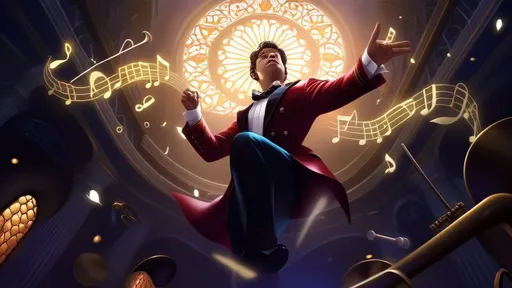
By /Jul 17, 2025
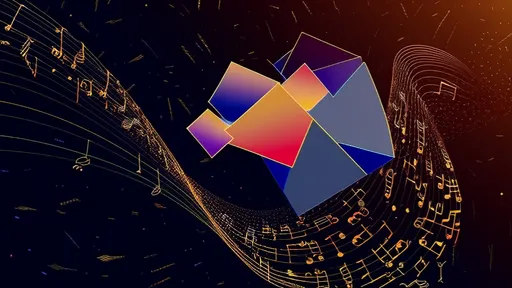
By /Jul 17, 2025
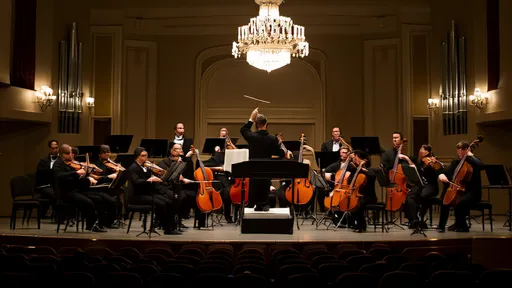
By /Jul 17, 2025
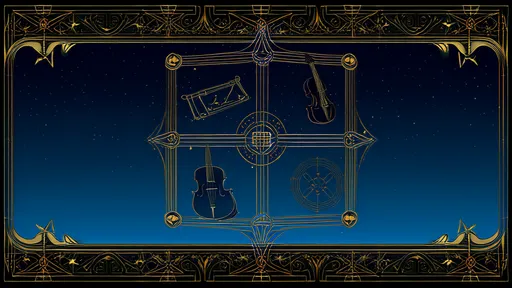
By /Jul 17, 2025
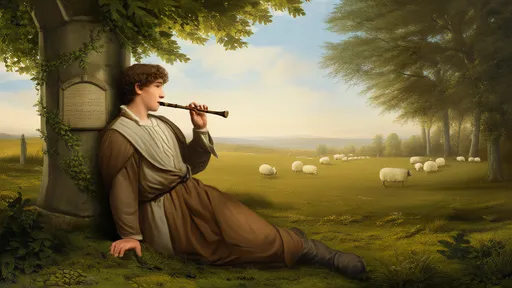
By /Jul 17, 2025

By /Jul 17, 2025
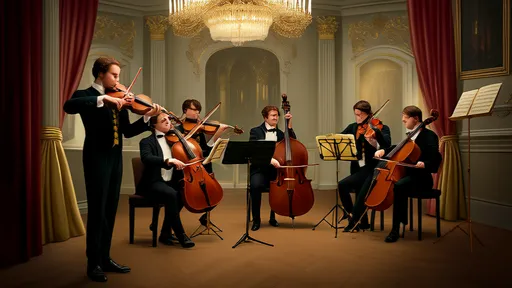
By /Jul 17, 2025